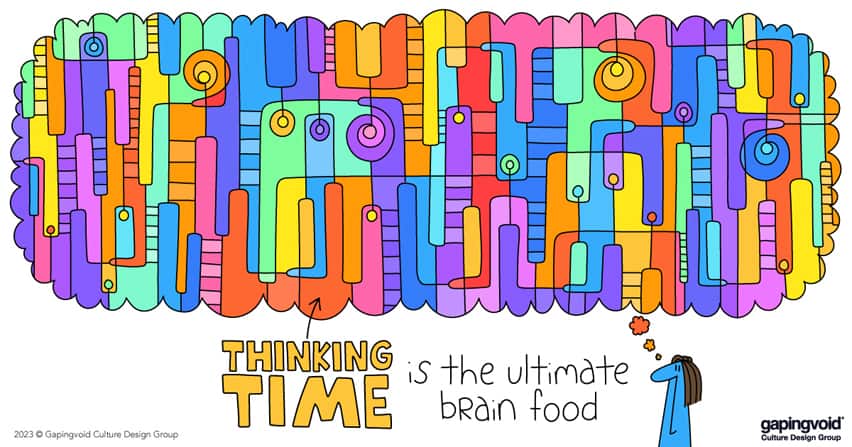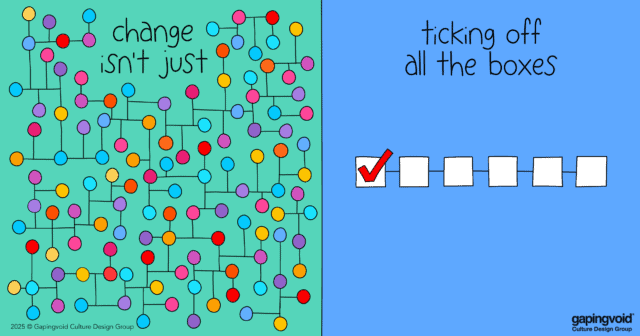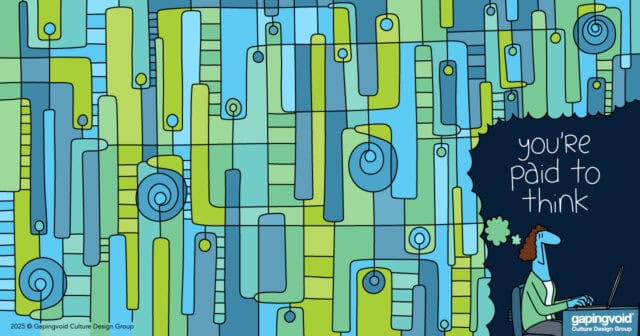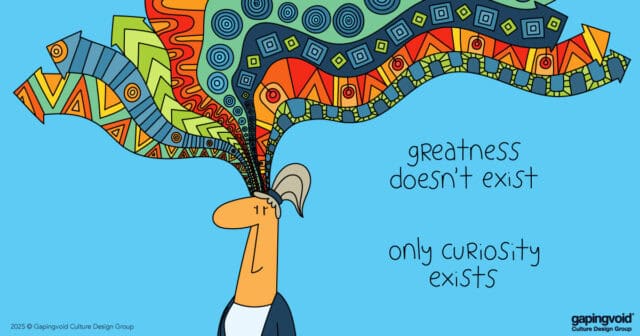
In the critically acclaimed TV series, Mad Men, the main character, a troubled advertising Creative Director named Donald Draper, gets into an argument with his CFO, Lane Pryce. Pryce is obsessed with efficiency and cost-cutting. He sees Draper’s entire creative department as little more than a big assembly line for clever taglines and compelling copy (basically the 60s era equivalent of ChatGPT).
In one meeting, Pryce complains about the amount of pens, pencils, paper, and postage the department eats up. In another meeting, he declares that “pennies make pounds (Pryce was British), and pounds make profits.”
Draper throughout the series pushes back, basically saying that you have to let the creative department be unproductive… until it isn’t.
We wrote earlier about how back in the 1960s, a young female copywriter named Ilon Specht spent ten seconds writing a now-famous tagline: “L’Oréal. Because I’m worth it.”
Ilon probably cost the agency around fifty dollars that entire week. If we want to be really granular, those ten seconds spent writing the tagline cost the agency a couple of pennies. But her results probably earned L’Oréal a couple of billion in brand equity.
The lesson here is that it’s a mistake to look at creative work through the lens of the industrial-revolution, smoke-stack era assembly-line model that values throughput and little else. To use a fishing metaphor, the best ideas and results don’t emerge when it’s all “taut line.” To be fair, they don’t emerge when it’s all “loose-line” either.
They emerge when there’s a bit of slack in the line; when we get a chance to “think about it deeply, then forget it,” until an idea jumps out at us (or until our subconscious minds find the “big idea.”)
Google had this mindset coded in its cultural DNA from the very beginning, with the “20% rule.” Engineers were to tend to their ongoing obligations for 80% of their days. That was taut-line time. But with the 20% of the time that remained, they were encouraged to work on whatever they believed would most improve Google. That was loose-line time.
One of the results? The email interface you’re probably using to read this.



